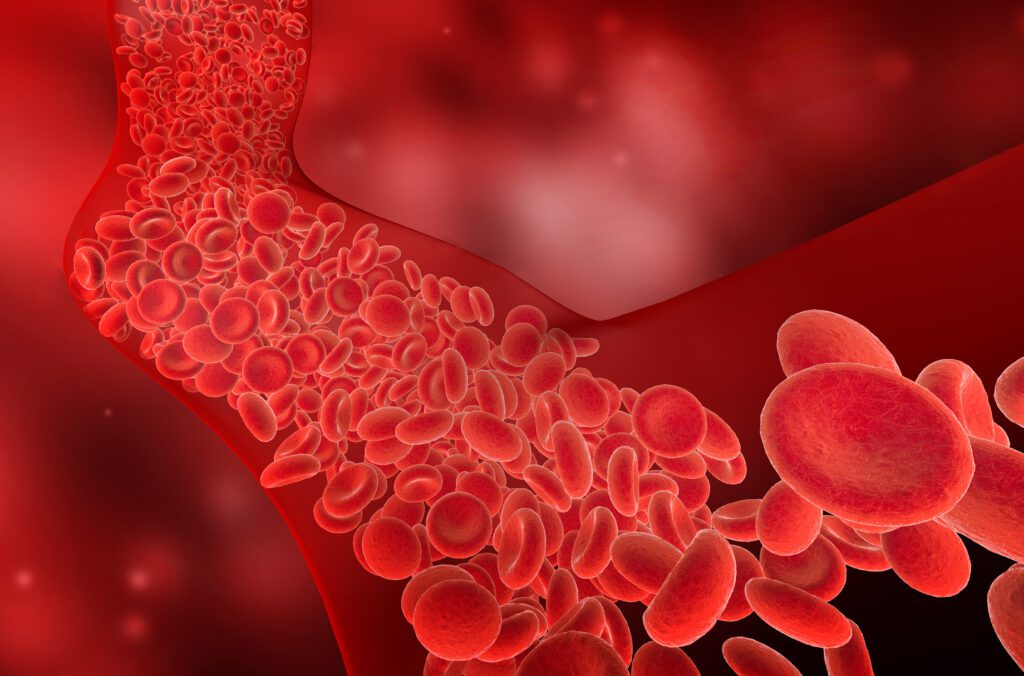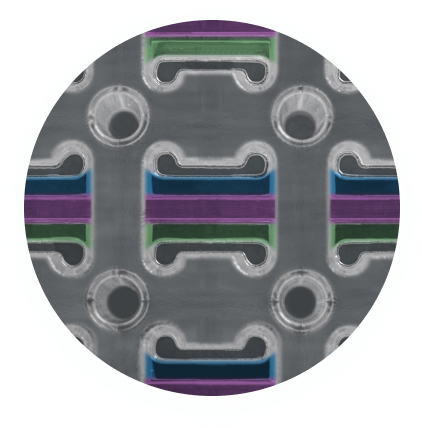Medical devices like vascular stents, heart valves, and flow diverters have revolutionized modern healthcare by offering life-saving interventions for the management of complex conditions. However, their interaction with the human body presents significant challenges. However, their interaction with the human body can be challenging. Without a mechanism to promote natural healing, these devices often face complications such as blood clot formation, inflammation, or excessive tissue growth (restenosis). Endothelialization—the growth of a protective endothelial cell layer over the device—has emerged as a critical factor for success. TThis process not only integrates the device within the body but also ensures long-term functionality and patient safety. Modern endothelialization coatings have been designed to address these challenges and enhance biocompatibility. By mimicking the body’s natural environment, these coatings provide an optimal surface for natural healing, bridging the gap between synthetic devices and biological systems. This blog explores the key innovations in endothelialization coatings and the pivotal role of Smart Reactors’ Camouflage™ coating in leading this transformation.
Why Are Endothelialization Coatings Essential?
The endothelium is a thin, specialized layer of cells lining the blood vessels. It plays a crucial role in maintaining vascular health by:
Providing a smooth surface for blood flow.
Preventing clot formation by resisting platelet adhesion.
Regulating inflammation to ensure balanced healing.
Medical implants disrupt the natural balance of endothelial function, often causing localized inflammation, clot formation and increased platelet adhesion. Inadequate endothelialization significantly elevates the risk of complications such as thrombosis and neointimal hyperplasia. Coatings designed to promote endothelialization mitigate these risks by aligning device surfaces with the body’s natural healing processes.

Key Innovations in Endothelialization Coatings
- Extracellular Matrix – Mimicking Features
The extracellular matrix (ECM) is the body’s scaffold, supporting cell growth communication and differentiation, while also providing structural integrity and facilitating wound healing. Advanced coatings mimic key ECM components, such as:
- Collagen: A structural protein that encourages endothelial cell attachment and alignment while reducing smooth muscle cell proliferation.
- Laminin: Found in basement membranes, laminin enhances endothelial cell adhesion and supports vascular stability.
- Hyaluronic Acid: Known for its anti-inflammatory and anticoagulant properties, hyaluronic acid-based coatings improve biocompatibility and healing. By incorporating these elements into the coating design, an environment is created that supports rapid endothelial cell proliferation, thereby minimizing risks associated with clotting and inflammation.
- Biomimetic Strategies for Cell Support
Coatings have evolved from merely static surfaces to dynamic interfaces that actively support cell attachment, migration, and growth. For instance, device surfaces are engineered to recruit circulating endothelial cells or endothelial progenitor cells from the bloodstream. Advanced biomaterials can direct cell behaviour, guiding cells to form a stable, functional layer over the device. These approaches ensure that implants integrate seamlessly with the vascular system, enhancing healing and reducing device-related complications.seamlessly with the vascular system, enhancing healing and reducing device-related complications.
- Non-Cellular Solutions with Bioactive Molecules
Non-cellular coatings, such as those incorporating extracellular vesicles (EVs) or bioactive peptides, deliver targeted healing signals to the implantation site. These coatings typically release bioactive molecules over time to mimic natural cellular responses encouraging endothelialization while preventing the overgrowth of smooth muscle cells that can lead to restenosis. For example, Vascular Endothelial Growth Factor (VEGF) can be immobilized on a surface to stimulate endothelial cell proliferation, thereby accelerating the formation of a healthy endothelial layer.
Benefits of Endothelization Coatings
The adoption of endothelialization coatings has brought significant advancements to the medical field:
- Thrombosis Prevention: Coatings that support endothelial cell growth reduce the risk of clot formation, a major complication in vascular devices.
- Enhanced Healing: Patients benefit from faster recovery as coatings accelerate the formation of a functional endothelial layer over the device.
- Prolonged Device Lifespan: Reduced risks of restenosis and inflammation extend the durability of implants, minimizing the need for repeat interventions.
- Improved Patient Safety:Endothelialization coatings promote seamless integration with the body, significantly reducing the risk of adverse events and supporting improved long-term health outcomes.
Smart Reactors & Camouflage™: A New Era in Coating Technology
Smart Reactors has developed Camouflage™, a cutting-edge endothelialization coating that sets a new standard in medical device technology. Designed to align with the body’s natural healing processes, Camouflage™ enhances integration, boosts device performance and elevates safety across a range of vascular applications.
Key Features of Camouflage™:

- Promotes Endothelial Growth: By mimicking ECM characteristics, Camouflage™ coating provides an ideal surface for endothelial cells to migrate and proliferate.
- Reduces Inflammation: Its bioactive surface minimizes adverse immune responses, fostering a calm healing environment.
- Improves Hemocompatibility: By resisting platelet adhesion and inhibiting clot formation, the coating enhances blood compatibility.
- Minimizes Device-Related Failure: With a focus on biocompatibility and durability, Camouflage™ ensures long-term functionality of the device.
Smart Reactors’ proprietary technology is tailored for applications such as vascular implants, flow diverters, and heart valves, offering device manufacturers a reliable solution for optimizing patient outcomes.
Why Choose Camouflage™?
Medical devices are only as effective as their ability to integrate with the human body. Camouflage™ offers device manufacturers and healthcare providers a solution that prioritizes safety, performance, and patient well-being. Camouflages’ advanced engineering makes it ideally suited for a broad spectrum of applications, including cardiovascular and neurovascular implants, as well as various other medical devices that come into direct contact with blood.
Endothelialization coatings represent a significant advancement in medical device technology. By promoting natural healing and reducing complications, these coatings are transforming how implants function within the human body. Smart Reactors’ Camouflage™ coating embodies this progress, delivering unparalleled performance and establishing a gold standard for the industry.
If you’re looking to enhance your medical devices with the latest in biocompatible coatings, reach out to Smart Reactors today. Together, we can redefine what’s possible in medical technology.
Future Trends in Endothelization Coatings
Endothelization coatings are poised to revolutionize medical device integration with the body. Advancements in responsive and smart coatings are enabling materials that adapt to physiological conditions, promoting endothelization only when required. Furthermore, biodegradable and bioresorbable coatings are gaining traction, allowing for better tissue regeneration without long-term foreign body response. The incorporation of nanotechnology and drug delivery systems will enable controlled release of bioactive molecules, improving healing and reducing complications like restenosis. These innovations hold promise for improving patient outcomes, reducing adverse effects and driving the next generation of medical devices.
Further Reading
Share this post: on LinkedIn

